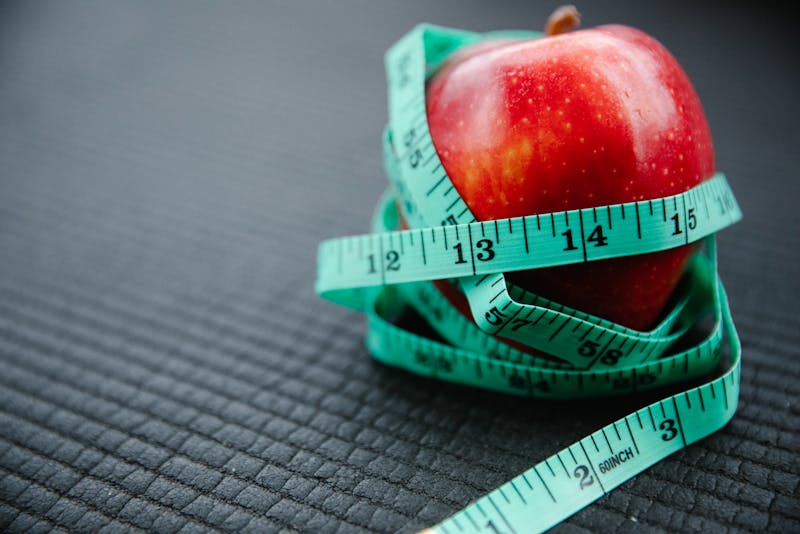Chronic pain has a direct effect on our quality of life. Whether mild or severe, chronic pain needs proper management to maintain overall well-being. But what should you do if you don’t want to take pain medication?
Neuropathy is a common cause of chronic pain, which is why pain management is one of the services of neuropathy treatment doctors in Los Angeles and other places. For many people, neuropathic pain can be managed through medication. But for others, the side effects of medication further decrease the quality of life.
If you belong to the latter group, here are alternative methods of pain management that you can explore with your doctor:
1. Physical activity
You may think that your pain will get worse if you stress your body with exercise, but it’s really quite the opposite. Low-impact exercises like walking, swimming, cycling can ease the pain caused by conditions such as arthritis and nerve damage. Just as importantly, getting enough physical activity every day is an excellent way to maintain a normal body weight, which is another crucial factor in pain management.
2. Acupuncture
Acupuncture is a traditional Chinese method used to relieve pain and treat other medical conditions. Acupuncturists use very thin needles to pierce your “acupoints,” which are believed to relieve pain by releasing endorphins into the body. And if you’re afraid of what the needles might feel like in your skin, don’t worry; acupuncture doesn’t hurt since the needle is extremely thin.

3. Relaxation and stress reduction
Incorporating relaxation and stress-reduction techniques into your pain management plan may not get rid of your pain completely, but it can help reduce your pain by a significant amount. Here are some common techniques that you can try:
- Yoga and tai chi. Aside from being a great way to get exercise, yoga is often used as an alternative way to manage pain, especially for people with chronic back pain, arthritis, and fibromyalgia.
- Meditation. This technique helps your mind relax and your body de-stress, which can lead to a reduction of pain.
- Biofeedback. Using visual or auditory feedback, this technique teaches you how to control involuntary biological functions, such as heart rate and blood pressure.
- Massages. Treating yourself to a massage once in a while is not only a great way to relax, but it can help ease pain caused by arthritis, injuries, and muscle strain.
- Guided imagery. Also known as Guided Affective Imagery, this technique teaches you how to create mental images in your mind, which can help your body remove its focus on the pain.
4. Physical and occupational therapy
Aside from getting treatment from a pain management specialist, a physical therapist and occupational therapist can also help you manage pain effectively. The former teaches you exercises and activities that increase your strength and mobility, while the latter guides you through daily activities that will cause little to no pain on your body.
5. Chiropractic adjustment
Another excellent non-invasive treatment for chronic pain is a chiropractic adjustment. Usually, patients who have spinal stenosis, chronic back and neck pain, and osteoarthritis experience great pain relief after chiropractor manipulation.
If you don’t want to become heavily dependent on medication to manage your pain, here are some of the best alternative techniques you can try. Aside from being non-invasive, many of these techniques help improve your overall wellbeing as well.





